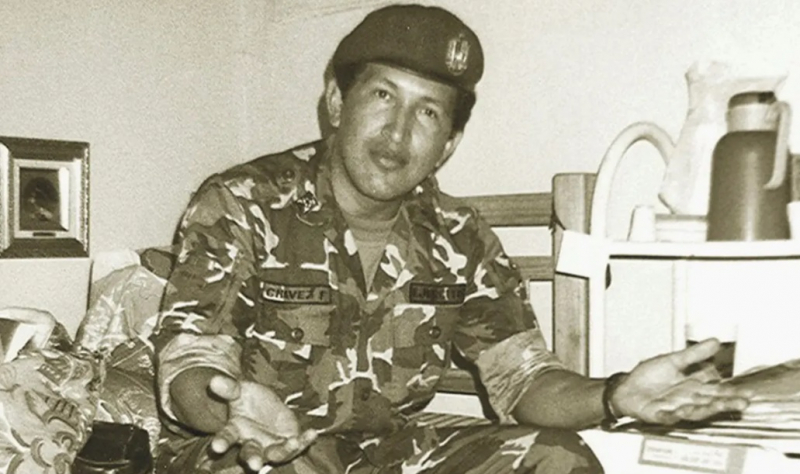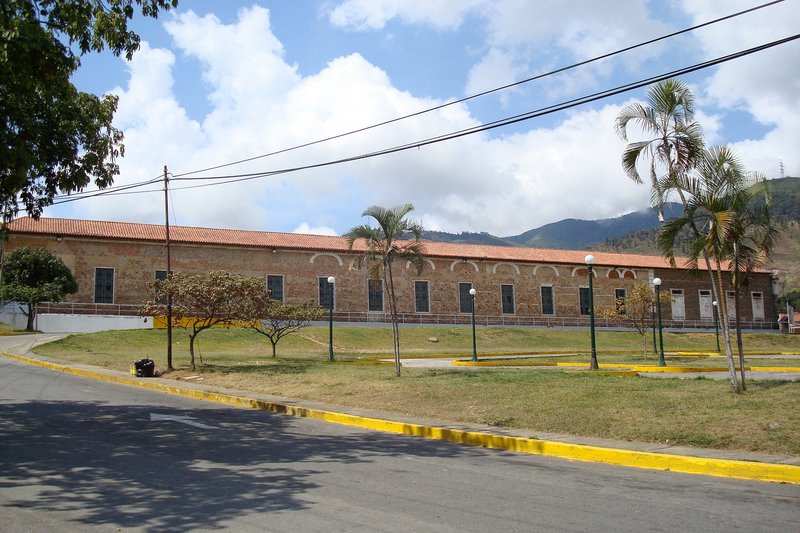Chávez led the MBR-200 in its failed coup against President Carlos Andrés Pérez's Democratic Action government
Chávez led the MBR-200 in its failed coup against President Carlos Andrés Pérez's Democratic Action government. Chávez began planning a military coup known as Operation Zamora. The plan called for military personnel to storm military bases and communication facilities before installing Rafael Caldera as president when Pérez was caught and assassinated. Chávez postponed the MBR-200 coup, which had been scheduled for December, to the early hours of February 4, 1992.
On that date, five army divisions led by Chávez entered central Caracas. Despite years of planning, the coup ran into problems since Chávez had the support of less than 10% of Venezuela's military. Following several betrayals, defections, blunders, and other unforeseen occurrences, Chávez and a small group of rebels were forced to hide in the Military Museum, unable to communicate with the rest of their army. Pérez was able to flee Miraflores Palace. During the subsequent fighting, fourteen troops were murdered and fifty soldiers and eighty civilians were injured.
Chávez surrendered to the government and appeared on television in uniform, urging the remaining coup members to lay down their weapons. Venezuelans, particularly poor ones, began seeing him as someone who stood up against government corruption and kleptocracy. The rebellion flopped militarily and dozens died but made him a media star, according to The Guardian's Rory Carroll.
Chávez was captured and imprisoned at the San Carlos military stockade, suffering from remorse and feeling responsible for the coup's defeat. Pro-Chávez protests outside San Carlos resulted in his transfer to Yare Prison. Another failed attempt against the government happened in November, with the violence during the coups killing at least 143 people and maybe hundreds more. A year later, Pérez was impeached on charges of malfeasance and misappropriating funds.









